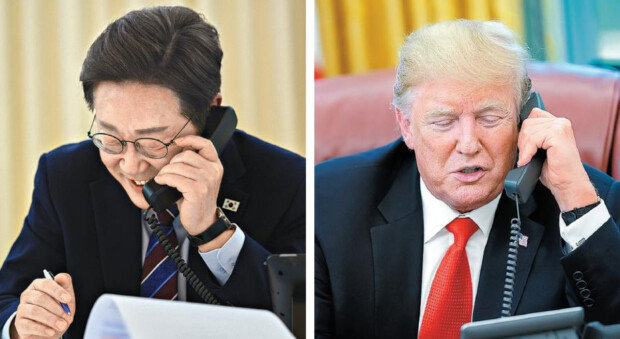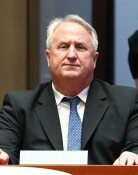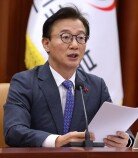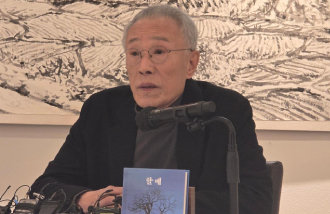Lee to debut diplomacy at G7 amid tests
Lee to debut diplomacy at G7 amid tests
Posted June. 09, 2025 08:16,
Updated June. 09, 2025 08:16

President Lee Jae-myung will attend the G7 summit in Alberta, Canada, from June 15 to 17, just 11 days after taking office. The visit signals South Korea’s swift return to summit diplomacy following a six-month pause under martial law.
The summit will mark Lee’s first appearance on the multilateral stage and offer a chance to engage directly with leaders from key allies and partners. It is expected to launch his vision of practical diplomacy focused on national interests
Lee enters the summit facing a major diplomatic test. He is expected to meet U.S. President Donald Trump for the first time, with talks likely to center on key issues. As the July 9 deadline for suspending tariffs approaches, the two leaders are expected to discuss trade and investment. Trump’s proposal to expand the role of U.S. Forces Korea to include Taiwan may also be on the agenda.
Lee’s foreign policy emphasizes strengthening the Korea-U.S. alliance, stabilizing relations with Japan, and managing ties with China through a pragmatic, balanced approach. This marks a shift from the previous administration’s value-based diplomacy, which prioritized alliance politics and strained relations with Beijing.
Still, escalating friction between the United States and China is reducing the room for maneuver available to middle powers including South Korea. The Trump administration has called for sharper alignment. Last month, U.S. Defense Secretary Pete Hegseth described the end of what he termed the era of military support from the United States and economic reliance on Beijing, underscoring Washington’s expectations for Seoul to take a clearer stance.
South Korea has long depended on the United States for security and on China for trade. Under Lee’s leadership, maintaining that balance is becoming more difficult. Expanding the mission of U.S. forces in Korea to check China may trigger strong objections from Beijing. At the same time, Seoul could face pressure to limit exports of advanced technologies to Beijing.
Lee’s strategy of reinforcing the alliance with Washington while sustaining stable relations with Beijing remains a delicate balancing act. His appearance at the G7 offers the first major opportunity to test whether that approach can hold in today’s polarized global climate.
The summit is expected to help Lee refine a foreign policy anchored in national interest and strategic realism. Deepening the South Korea-U.S. alliance must remain the cornerstone of that policy, regardless of shifts in the global order.
As Lee begins what could be close cooperation with President Trump over the next three and a half years, their first meeting will be crucial for building trust and clearing up early misunderstandings. At the same time, Lee should continue seeking balanced ties with neighboring countries, guided by the diplomatic experience gained from his G7 debut.





![[단독]‘졸업전공 선택제’ 첫 실험… “국문과로 입학해 공대 졸업 가능”](https://dimg.donga.com/c/138/175/90/1/wps/NEWS/IMAGE/2025/12/10/132935521.1.jpg)

